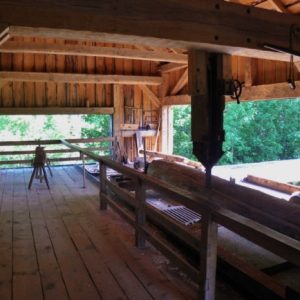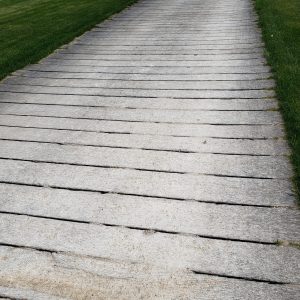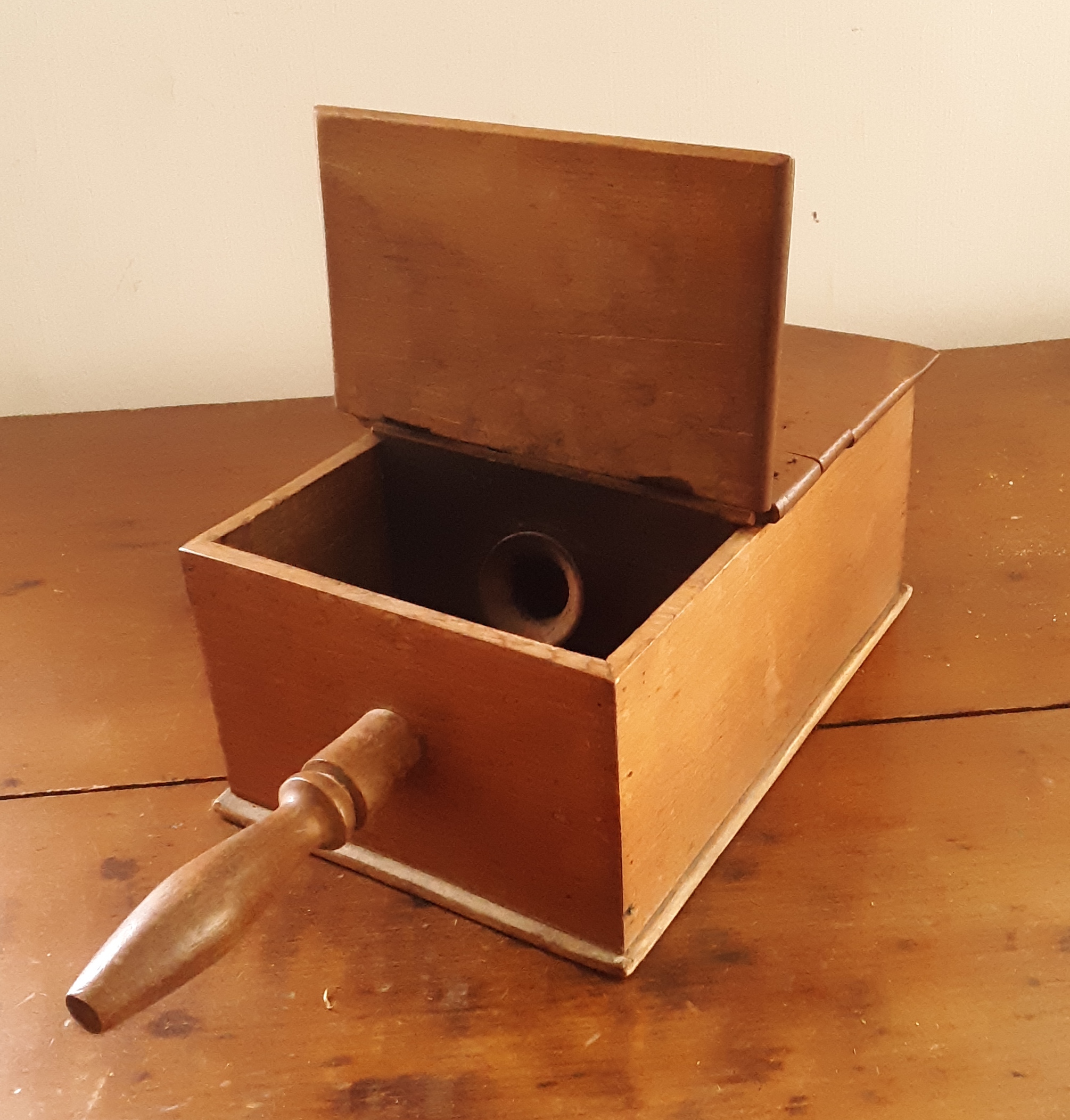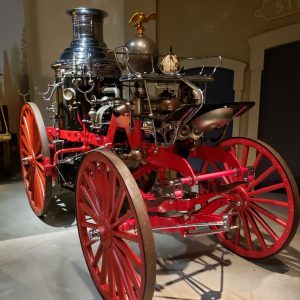Michael DeLeers was a junior at the University of Wisconsin – Madison when he wrote for WI 101. His interests include U.S. history and ethics. He thanks the WI101 team (Jennifer, Kurt, Tom, Andrew, and Mary) for all the help and support over the summer and allowing him to participate in such an enriching program.
By This Author:

OBJECT HISTORY: The Muley Sawmill
The muley sawmill was popular between the 1840s and 1910s for its speed and unique design. Instead of a rotating wheel blade, it used an up-and-down saw blade that moved at a rate of 325-375 revolutions per minute. This was important for the people of Greenbush because the demand for logs was high.

OBJECT HISTORY: Plank Roads
Before the 1850s, Wisconsin did not have roads, at least not ones you would recognize. Most travel occurred on footpaths made by Native Americas or along rivers like the Milwaukee or Wisconsin. As more people moved to Wisconsin, settlers cut thick prairies and forests into roads. These paths would turn into mud when it rained. Travelers had to wait for wet roads to dry or risk sinking into the sticky mud.

OBJECT HISTORY: A Ballot Box
In the 1800s, ballot boxes, like the one above, were a popular way to collect votes. This ballot box was useful because it let the voter’s choice remain unknown. This is known as a “secret ballot.”

OBJECT HISTORY: Silsby's Steam Powered Pumper
In the late 1800s, the Silsby Company created the Pumper in New York. It made the lives of firefighters everywhere easier. It was so effective that some places used it until the 1930s.